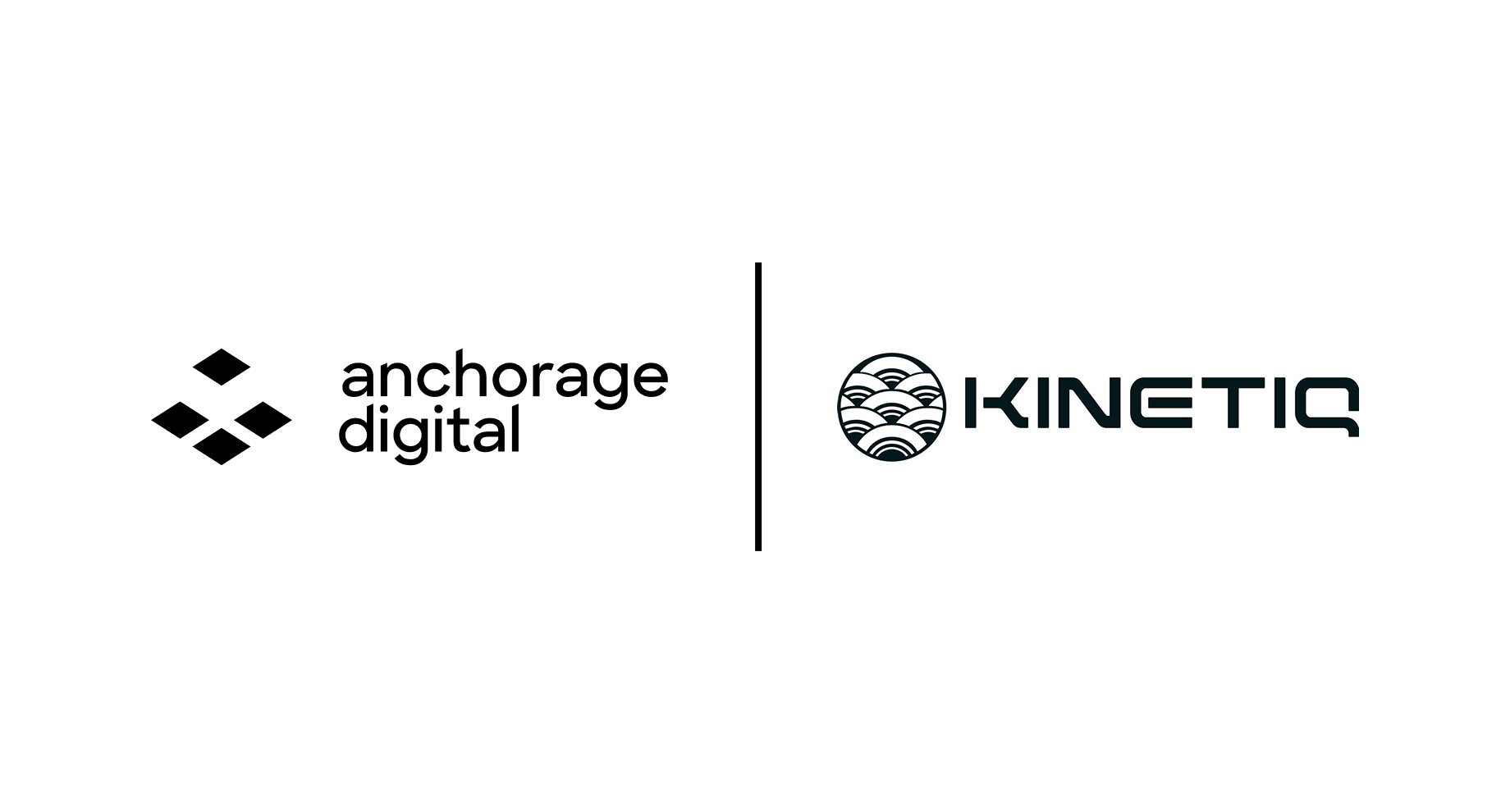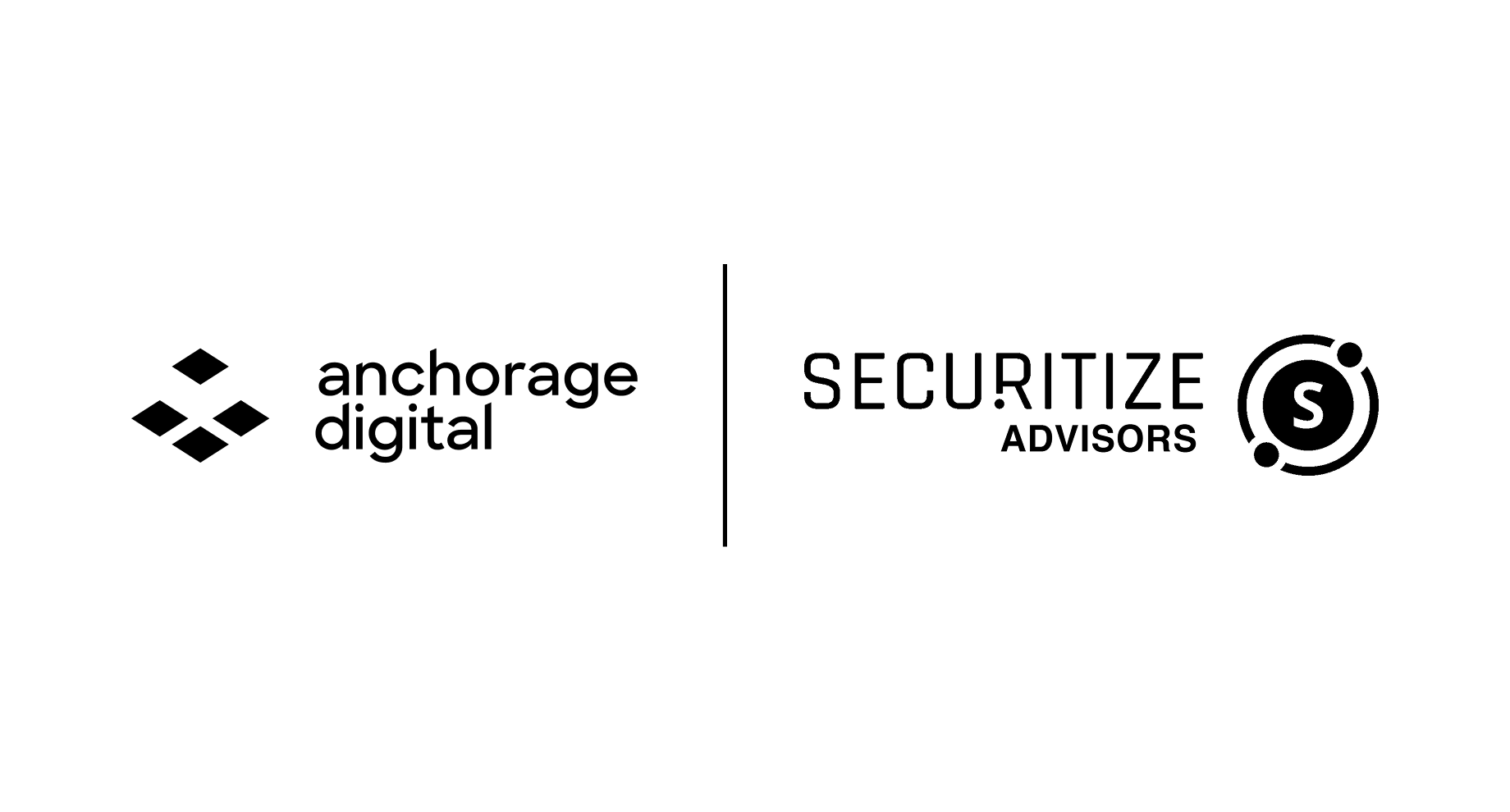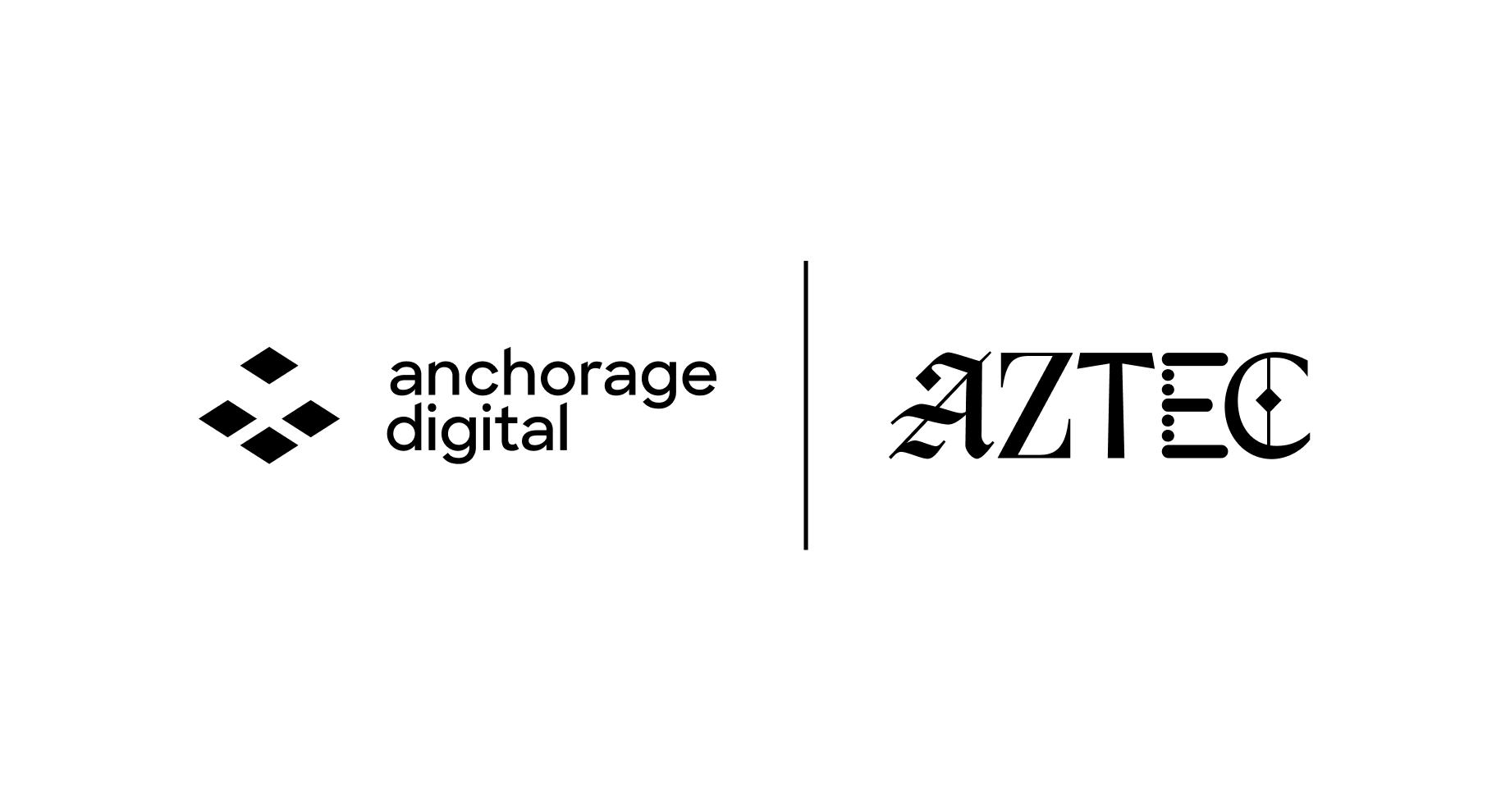Four Pillars for Market Structure Reform

At Anchorage Digital, we strive to be at the forefront of the evolving digital asset landscape. And with the first OCC-chartered digital asset bank, Anchorage Digital Bank, as well as Anchorage Digital Singapore, which offers equivalent security and service standards, recognize the importance of responsible and transparent market structure reforms to ensure a safe and secure financial future.
As lawmakers in DC put forward comprehensive crypto legislation in both the House and Senate, we’ve outlined four key pillars for market structure reform to help inform the legislative process. We see these pillars as foundational and workable within the current US regulatory regime––and are already well-aligned with recent rule changes that have been proposed by the SEC.
These pillars aren’t specific to any single country or jurisdiction; in fact, some have already incorporated these pillars into their own regulations. (For example, the Monetary Authority of Singapore and the European Union have both introduced measures that would require companies to implement proper segregation of customers’ assets and mitigate any potential conflicts of interest.)
Pillar 1: Segregation of Customer and Firm Funds
One of the core tenets of financial services is the segregation of customer and firm funds. To protect investors and maintain market integrity while fully mitigating against “runs”, firms must not commingle customer and company assets, and accounts should be segregated without exception.
At Anchorage Digital Bank, we understand the critical importance of this pillar and we believe that the segregation of customer and firm assets should be a tenet required across the industry for the safety of digital asset holders. In addition to segregating firm and client funds, Anchorage Digital goes even further and in most instances by segregating client funds from one another in individual “vaults” on the applicable blockchain which can be independently audited by our clients.
Pillar 2: Separation of Exchange and Custodian Functions
The rapid growth of the crypto industry has led to many platforms providing both exchange and custody services. While this may offer convenience, it creates conflicts of interest that can lead to self-dealing and undermine market stability as we’ve seen in the wake of the FTX collapse.
Anchorage Digital Bank believes that separating these functions is crucial for maintaining a fair and transparent market. By focusing solely on custody services, we minimize potential conflicts of interest and contribute to a more stable and secure digital asset environment.
We’ve shown that this pillar can work in practice. The robust infrastructure of our settlement network ensures clear and transparent separation of customer and counterparty funds until time of settlement, which is vital to maintaining trust and transparency in the digital asset ecosystem––all with minimal impact to transaction speed times.
Pillar 3: Bankruptcy-Remote Custody
Bankruptcy-remote custody can play a crucial role in mitigating risks and promoting stability within the financial ecosystem, especially in the face of insolvency or financial distress. By implementing such a structure, assets can be safeguarded against potential bankruptcy or fraudulent activities, ultimately increasing transparency and confidence among market participants.
At Anchorage Digital Bank, we prioritize the implementation of bankruptcy-remote custody to provide enhanced protection for our clients' assets. Through our internal controls and federal oversight, we ensure that assets are held off our balance sheet and insulated from the risks of financial distress or insolvency.
And because bankruptcy remoteness is a requisite of the SEC’s proposed rule change regarding investment adviser custody, we are well-positioned to––in the words of SEC Chair Gary Gensler himself––“help ensure that advisers meet their obligations to investors—regardless of where the qualified custodians or sub-custodians that they use are located.”
Pillar 4: Third-Party Financial and Compliance Audits
The implementation of fundamental financial risk controls is vital to the stability and security of the digital asset industry. The auditing of financial statements and System and Organization Controls (SOC) serve as multiple lines of defense to ensure regulatory compliance, mitigate risk, and further protect market participants.
Anchorage Digital Bank prides itself on our risk management practices, which include stringent auditing processes at various stages. By subjecting our operations to internal and independent audits, we ensure a high degree of transparency and accountability. This multi-layered audit approach helps us to identify and address potential risks proactively, thereby maintaining a secure and reliable environment for our clients.
By adhering to these rigorous controls and emphasizing the importance of multiple levels of audits, Anchorage Digital Bank contributes to the long-term success and sustainability of the digital asset industry. We are committed to fostering a culture of transparency and risk awareness, and hope to set the benchmark for best practices within the sector.
Anchoring the Future
As markets and the regulatory landscape continue to evolve, we are committed to being a responsible and transparent participant in the industry. By embracing these time-tested, foundational rules, we can help engineer a crypto-regulatory blueprint that fosters innovation, trust, and long-term growth.
If you’d like to learn more about our offerings or compliant approach as a federally chartered bank, please get in touch.
About Anchorage Digital
Anchorage Digital is a global crypto platform that enables institutions to participate in digital assets through trading, staking, custody, governance, settlement, stablecoin issuance, and the industry’s leading security infrastructure. Home to Anchorage Digital Bank N.A., the first federally chartered crypto bank in the U.S., Anchorage Digital also serves institutions through Anchorage Digital Singapore, which is licensed by the Monetary Authority of Singapore; Anchorage Digital NY, which holds a BitLicense from the New York Department of Financial Services; and self-custody wallet Porto by Anchorage Digital. The company is funded by leading institutions including Andreessen Horowitz, GIC, Goldman Sachs, KKR, and Visa, with its Series D valuation over $3 billion. Founded in 2017 in San Francisco, California, Anchorage Digital has offices in New York, New York; Porto, Portugal; Singapore; and Sioux Falls, South Dakota. Learn more at anchorage.com, on X @Anchorage, and on LinkedIn.
This post is intended for informational purposes only. It is not to be construed as and does not constitute an offer to sell or a solicitation of an offer to purchase any securities in Anchor Labs, Inc., or any of its subsidiaries, and should not be relied upon to make any investment decisions. Furthermore, nothing within this announcement is intended to provide tax, legal, or investment advice and its contents should not be construed as a recommendation to buy, sell, or hold any security or digital asset or to engage in any transaction therein.
Anchorage Digital Bank National Association offers fiat custody services through the use of an FDIC-insured, licensed sub-custodian.







.png)
